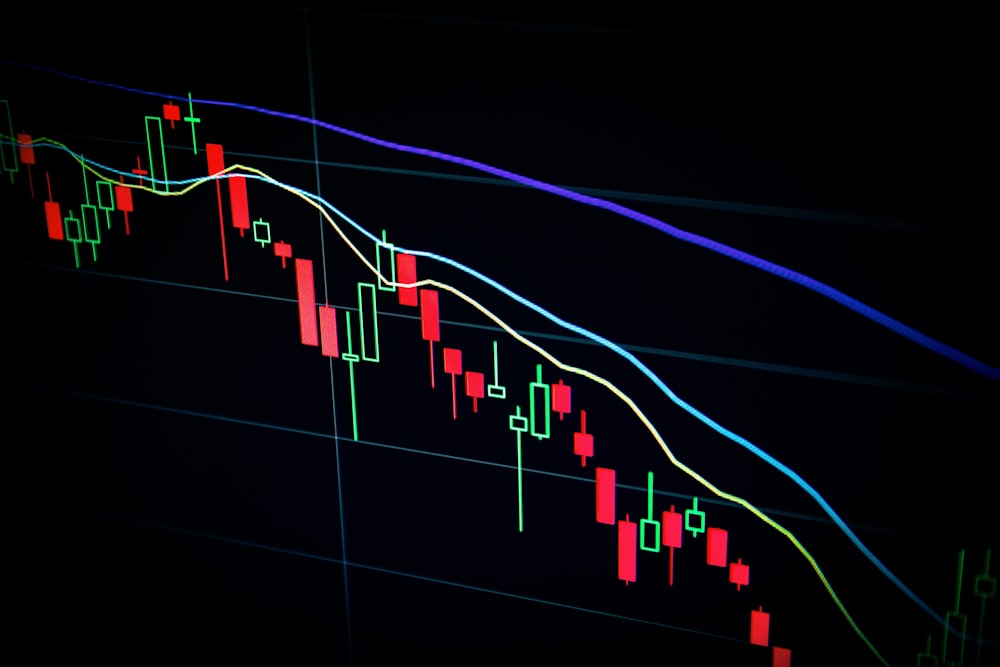XLS-80 is designed to allow regulated institutions to operate with minimal friction on the XRP Ledger. By providing compliance directly on-chain, it seeks to simplify the process of adopting blockchain technology for financial entities. WrathofKahneman, a member of the XRP community, highlights that this could help institutions maintain transparency and reduce risks compared to relying on external KYC solutions.
Ripple’s CTO, David Schwartz, elucidated the operational aspects of permissioned Automated Market Makers (AMMs) under XLS-80. Users approved through specific domains will have access to provide liquidity, but if removed, they must sell their liquidity provider tokens on the open market. This system promotes strict control while preserving the integrity of the wider XRP ecosystem.
As XRP Ledger gears up for its upgrade in June, many believe this could significantly enhance its appeal to institutional clients, potentially enabling XRP to compare favorably with Ethereum and other blockchain platforms in the regulated finance sector.
While Ethereum remains dominant in overall DeFi activities, the introduction of XLS-80 by XRP Ledger could alter the landscape for institutional interactions with blockchain technology. With compliance embedded into the system, XRP Ledger may emerge as a frontrunner in driving institutional adoption amid tightening regulations.



